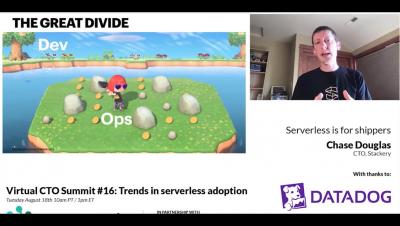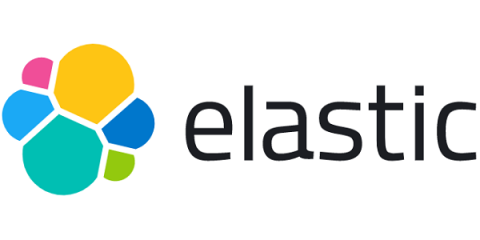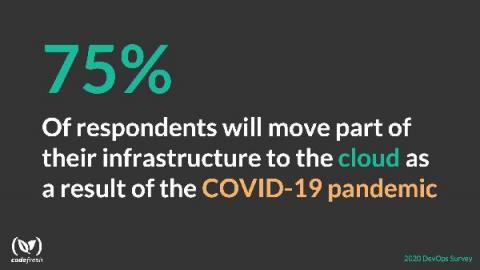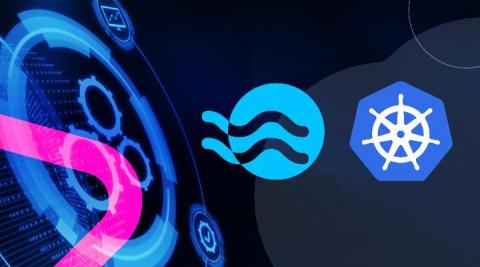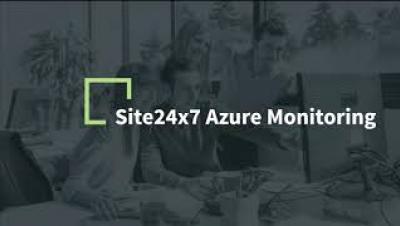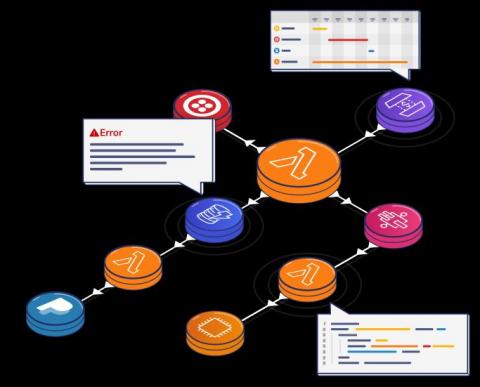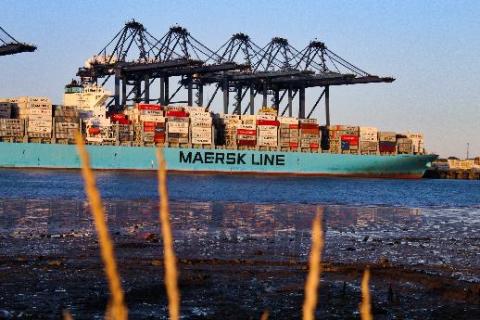Operations | Monitoring | ITSM | DevOps | Cloud
Cloud
The latest News and Information on Cloud monitoring, security and related technologies.
Security operations: Cloud monitoring and detection with Elastic Security
As many organizations have migrated their infrastructure, applications, and data to cloud offerings, adversaries have extended their operational capabilities in cloud environments to achieve their mission — whether that means stealing intellectual property, disrupting business operations, or holding an organization’s data for ransom.
The Magnificent Seven: New Ways to Get More Out of Your Microsoft and Splunk Environment
As a leading global provider of cloud computing services with a business critical software portfolio, Microsoft is a key Splunk partner. In our mission to empower customers with data, we are delighted to share a few of the latest integrations, dashboards, and reference guides that help you extract even more value from your Microsoft environments. Here’s a peek at what we’ve been working on lately.
Cloud Costs: Money Saver or Money Pit?
This is the second in my series on the cloud. I started writing about cloud visibility and in this article, we take a look at cloud costs. If we look at the evolution of computing over the past 30 or so years, it has always been about monumental shifts in technology, which drive further and further innovation, efficiencies and – seemingly – cost reduction.
Survey Says: COVID-19 is Threatening On-prem Environments
COVID-19 is leading to large-scale migrations away from on-premises environments, according to Codefresh’s second annual State of DevOps survey that revealed this and other surprising insights into the continued evolution of the industry. At the same time, DevOps automation continues to expand in scope and complexity with more and more processes becoming automated, and more involved technologies like Kubernetes continuing to gain strong traction.
Optimize your cloud for Kubernetes day 2 operations
At Spot, we’re seeing more customers expand their Kubernetes operations, running production workloads with success and seeing positive improvements in performance and agility. Now, these companies are looking to optimize Kubernetes Day 2 operations, with a goal of cost optimization and infrastructure efficiency. Ocean by Spot gives users the leverage to take full advantage of the cloud resources in their container environments.
Continuous Full-Stack End-to-end Azure Monitoring
What alerts should you have for serverless applications?
A key metric for measuring how well you handle system outages is the Mean Time To Recovery or MTTR. It’s basically the time it takes you to restore the system to working conditions. The shorter the MTTR, the faster problems are resolved and the less impact your users would experience and hopefully the more likely they will continue to use your product! And the first step to resolve any problem is to know that you have a problem.
Accidental Cloud Administrator
Kubernetes Cost Optimization: Getting Visibility into Cost Per Pod, Cluster, and Namespace
How much does your Kubernetes service cost to operate? This seems like a simple question, right? It’s one thing to say how much your Kubernetes cluster itself costs to operate — that, after all, is a group of real servers, associated with a specific number.


